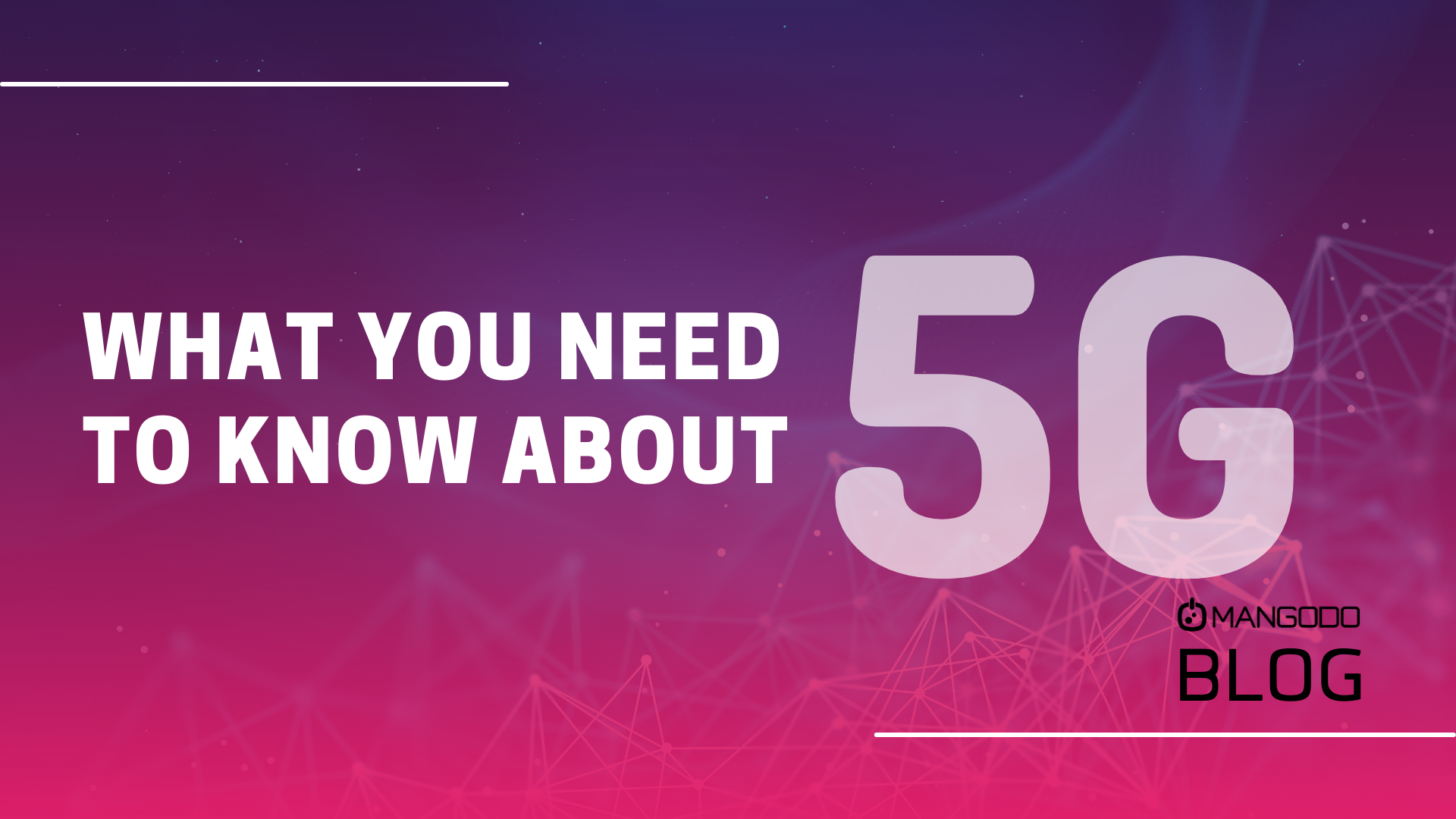What You Need to Know About 5G
5G, or fifth-generation wireless technology, is the latest advancement in mobile telecommunications. It brings significant improvements over its predecessor, 4G LTE, in terms of speed, capacity, latency, and connectivity. Here's what you need to know about 5G:
Speed and Capacity: 5G offers significantly faster download and upload speeds compared to 4G. It can provide peak speeds of up to 10 Gbps, which is around 100 times faster than 4G. This increased speed allows for quicker downloads, seamless streaming of high-definition content, and improved overall network performance. Additionally, 5G has a higher capacity to handle a greater number of connected devices simultaneously, addressing the increasing demand for bandwidth.
Low Latency: Latency refers to the delay between sending a command and receiving a response. 5G networks have significantly lower latency compared to previous generations, aiming for delays as low as 1 millisecond. This reduction in latency is critical for real-time applications like autonomous vehicles, remote surgeries, augmented reality (AR), and virtual reality (VR), where even minor delays can impact performance and user experience.
Network Slicing: 5G introduces the concept of network slicing, allowing network operators to divide their infrastructure into multiple virtual networks. Each network slice can be customized to cater to specific requirements, such as enhanced mobile broadband, massive machine-type communications, or ultra-reliable and low-latency communications. Network slicing enables the allocation of network resources based on the specific needs of different applications, improving efficiency and flexibility.
Massive IoT Connectivity: 5G is designed to support a massive number of Internet of Things (IoT) devices. It provides better coverage, longer battery life, and improved capacity for IoT applications, making it feasible to connect a vast array of devices and sensors in various domains such as smart cities, industrial automation, agriculture, and healthcare. The increased capacity of 5G networks ensures that the infrastructure can handle the data generated by billions of connected devices.
Enhanced Mobile Experiences: 5G not only improves traditional mobile communications but also enhances mobile experiences in various ways. It enables high-quality video streaming, seamless cloud gaming, and immersive AR and VR experiences. With 5G, mobile users can enjoy faster download and upload speeds, higher-resolution video streaming, and reduced buffering.
Deployment Challenges: Implementing 5G networks comes with some challenges. Since 5G operates on higher frequency bands, it requires a more extensive network infrastructure compared to previous generations. To provide widespread coverage, network operators need to install additional small cells and base stations. However, this infrastructure expansion may take time and require significant investments.
Health and Safety: Concerns have been raised regarding the potential health effects of 5G technology. However, numerous studies conducted by international health organizations, including the World Health Organization (WHO), have found no conclusive evidence linking 5G networks to adverse health effects. Regulatory bodies impose strict guidelines to ensure that 5G networks operate within safe radiation limits.
It's important to note that the deployment of 5G is an ongoing process, and its availability varies across regions and countries. While some areas already have comprehensive 5G coverage, others are still in the early stages of implementation.
